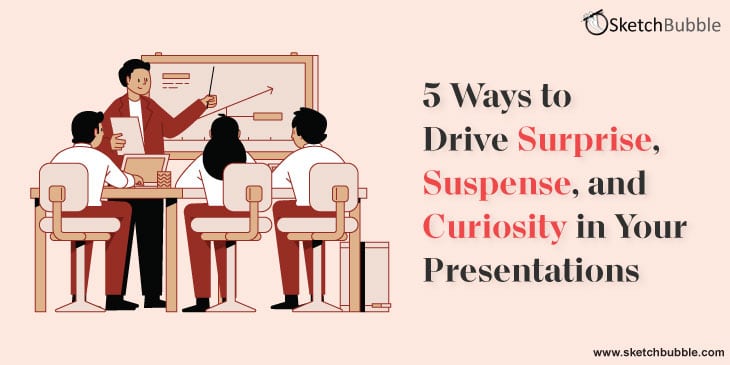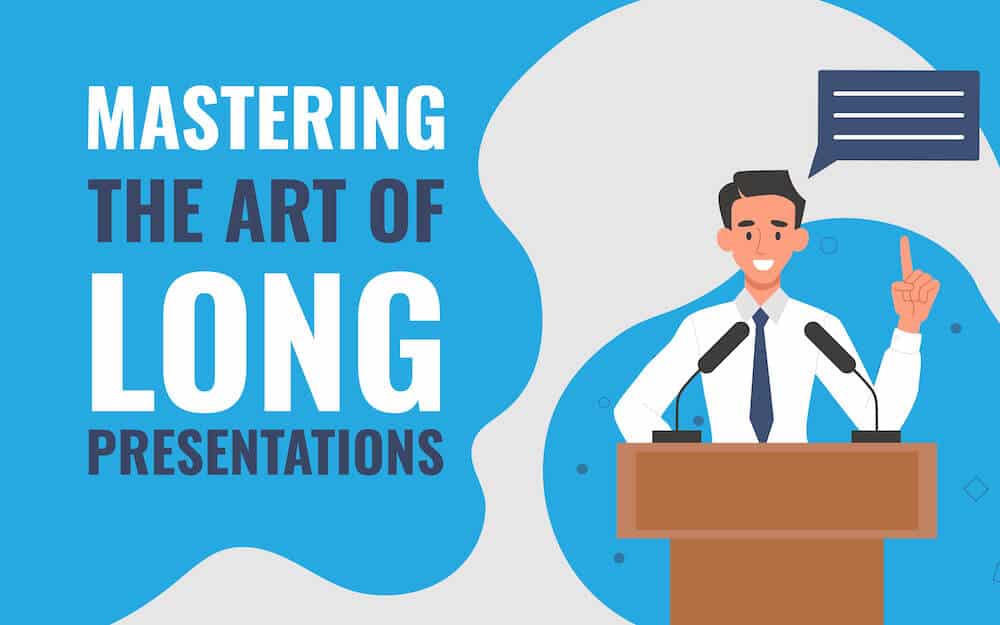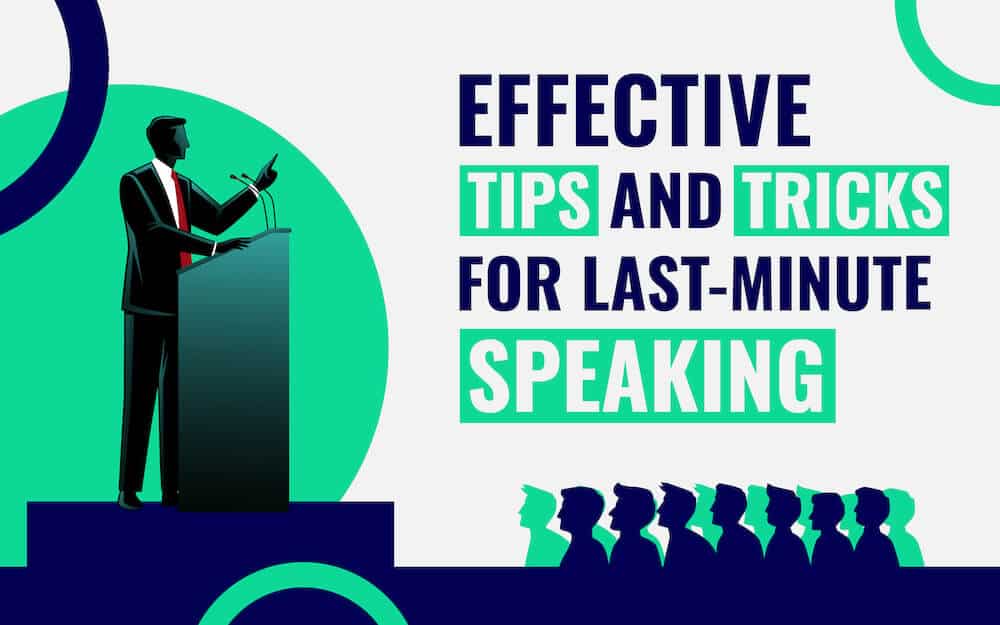
Did you know that the first 60 seconds of your talk are critical as this is the time when you can lose or hook the audience for the rest of your presentation? And to establish rapport and engage with your audience in an extremely short time, you need to include something of immediate interest to the audience.
Emotions based on cognitive responses, such as surprise, curiosity, and suspense, have a substantial effect on the attention level of the audience. By incorporating these emotional elements in your presentations, you can add a layer of creativity and finesse that the audience will definitely treasure and get captivated by your speech from the very first moment.
In this blog post, we have explained how you can add elements of surprise, suspense, and curiosity to your presentations. Give it a read!
1. A Fear
Almost all presenters emphasize the positive aspects. If you really want to stand out and intrigue the audience, remind them of their fears. The fear invokes a negative sentiment and compels people to think about what wrong they are doing. While using this tactic, you must remember not to leave the audience in the lurch and ensure that they don’t leave the auditorium in fear. So, end your presentation on a hopeful note or a positive takeaway.
Note: If you attempt to infuse fear in your audience members through your speech, you need to be very wise and thoughtful. Even a minute mistake could backfire.
Example – In his Ted Talk, Jorge Soto shocked the audience by claiming, “1 out of 3 audience members sitting in this audience will be diagnosed with some type of cancer.” The word “cancer” scared the people, so they listened to him carefully to know if he could provide any solution.
2. A Surprising Statistic
You can astonish your viewers by inculcating lesser-known or unknown facts in your presentations. The more jaw-dropping the fact/statistic will be, the more your audience will be drawn to it. However, to get the right fact that resonates with your topic, you will have to invest some time in research.
You can add facts in two ways:
- Did you know that…
By asking your audience, “Did you know that…?” and adding the fact thereafter, you can arouse curiosity among the audience members.
When you choose this technique, your slides design and graphic plays an important role in boosting the surprise. For instance, you are presenting this fact:
“Did you know that the Earth is struck by earthquakes more than 1 million times per year?”
You can make this fact more powerful and relatable to the audience by including the graphic of a city (where your audience lives) with destroyed buildings and the army personnel helping people.
- Put Facts First
When you choose this technique, you put across the facts straightforwardly and then talk about the consequences.
For example:
Approximately 2.6 million adults used hookah or pipes in 2017. The usage rates were considerably higher among men than women. Hookah smoking has similar adverse health effects as cigarette smoking, such as heart disease and bladder, lung, and oral cancers.
While engaging your audience via such provocative facts and their consequences, make sure to use the right emotions to convey your message.
3. An Information that is Against the Audience’s Belief
You can spike curiosity and provoke the audience by claiming something that is totally opposite to their belief. Provide enough evidence to support your claim and demonstrate how reality can be different from what they thought.
Instead of revealing the message in one go, uncover it step by step and let the audience walk through your logic throughout your presentation.
Example – In her Ted Talk on “Gaming can make a better world,” Jane McGonigal claimed against the common belief that video games waste productive time. Watch this video to see how she convinced the audience.
4. A Number or Date
Check the following 2 slides:
Are you not curious to know what this date and number reveal? We are sure you are! Likewise, your audience will also get eager if you adopt a similar technique in your presentation.
After portraying the date, number, place, or logo in the first slide, you can further trigger the viewers’ curiosity through the second slide with the relevant text, such as “A great historical event is related to this date” (if you are depicting date in the first slide) and “This number will change your entire business” (if you are depicting number in the first slide).
Instead of revealing the significance of the date/number/place/logo at the beginning of the presentation, continue with your story. Bring the same date/number/place/logo later in your presentation and resolve the hook at the end.
5. A Question
If you want to boost surprise, suspense, and curiosity all at one time, include a question. As soon as you flash a question, the audience’s brains get active in figuring out the answer. They tend to listen to you more attentively to get the answer.
You can ask Yes/No questions, rhetorical questions, direct questions, or open-ended questions. And to add a twist, you can ask questions with a surprise effect. For example, put forward a question and provide 3 options (A, B, and C). Ask your audience to choose one option and once they vote, tell them that none of the answers were correct. Proceed with your presentation revealing why all three options are incorrect. Then, show the correct answer. This way, you can convey your message more naturally.
The Bottom Line
A good hook with the right emotion associated with it is what you need as a presenter to win and seize your audience’s attention. The emotional impact you cast on the viewers through your hook either takes your presentation a notch high or makes it fall flat. So, it’s imperative to be thoughtful while using any hooks.
Besides the above-mentioned techniques, there are many other ways to drive emotions among viewers, such as a surprise-lined metaphor such as an image or infographic, the black slide, and more. What are your presentation hook ideas? Do share your insights in the “Comment” below!





